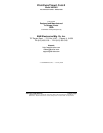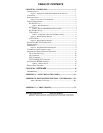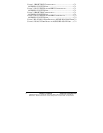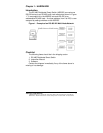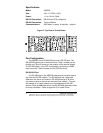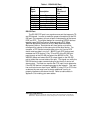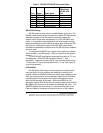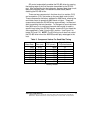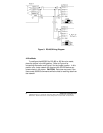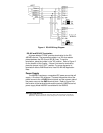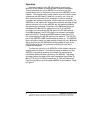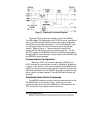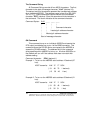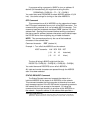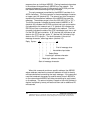
485DSS-0308 Manual 3
B&B Electronics Mfg Co Inc – 707 Dayton Rd - PO Box 1040 - Ottawa IL 61350 - Ph 815-433-5100 - Fax 815-433-5104
B&B Electronics – Westlink Commercial Park – Oranmore, Galway, Ireland – Ph +353 91 792444 – Fax +353 91 792445
RS-232 Port
The RS-232 DTE port is an asynchronous port that supports TD
and RD signals. In order to make the proper connections to the RS-
232 port. It is necessary to have a basic understanding of the terms
DCE and DTE. The original design for connecting RS-232 devices
together uses DB25 connectors, and connects a DTE (Data
Terminal Equipment) device to a DCE (Data Communication
Equipment) device. Each device will have inputs on pins that
correspond to outputs on the same pins of the other device. For
example, a DTE device transmits data out on pin 2 and a DCE
device receives data in on pin 2. IBM PC's are DTE devices and
modems are DCE devices. Only TD and RD of the RS-232 port
pass through to the RS-485 port when the 485DSS is ON. The
485DSS raises and lowers the RTS output signal on the RS-232
port to reflect the connect state of the port. This signal can notify the
RS-232 device to start communicating to the Host or it can be an
alarm output. The Host can monitor the CTS input line to determine
if the RS-232 device is requesting access to the network. This input
line could also be an alarm input. NOTE: If using RTS or CTS lines
as alarms the user may have to design additional circuitry to
properly interface to the alarm circuits. Refer to cable charts in
Appendix C for making your own cables.
Table 1. RS-422/485 Port
Terminal
Block
Signal
Description
RS-422/485
Signal
Direction of
Port
FR GND Frame Ground <------>
TD(A)(-) Transmit Data (A)(-) Output
TD(B)(+) Transmit Data (B)(+) Output
RD(A)(-) Receive Data (A)(-) Input
RD(B)(+) Receive Data (B)(+) Input
GND Signal Ground <------>
+12VDC Power Supply Input



